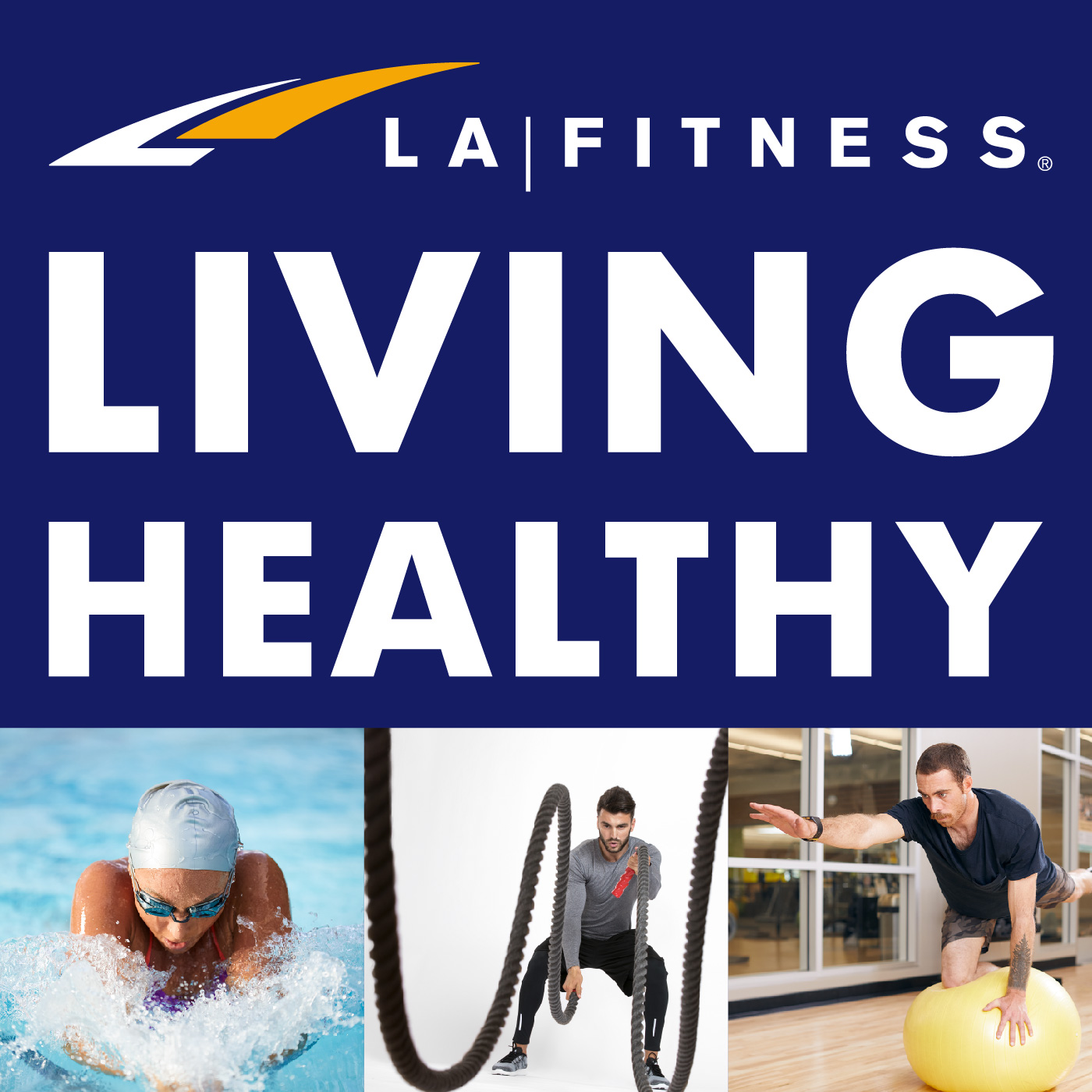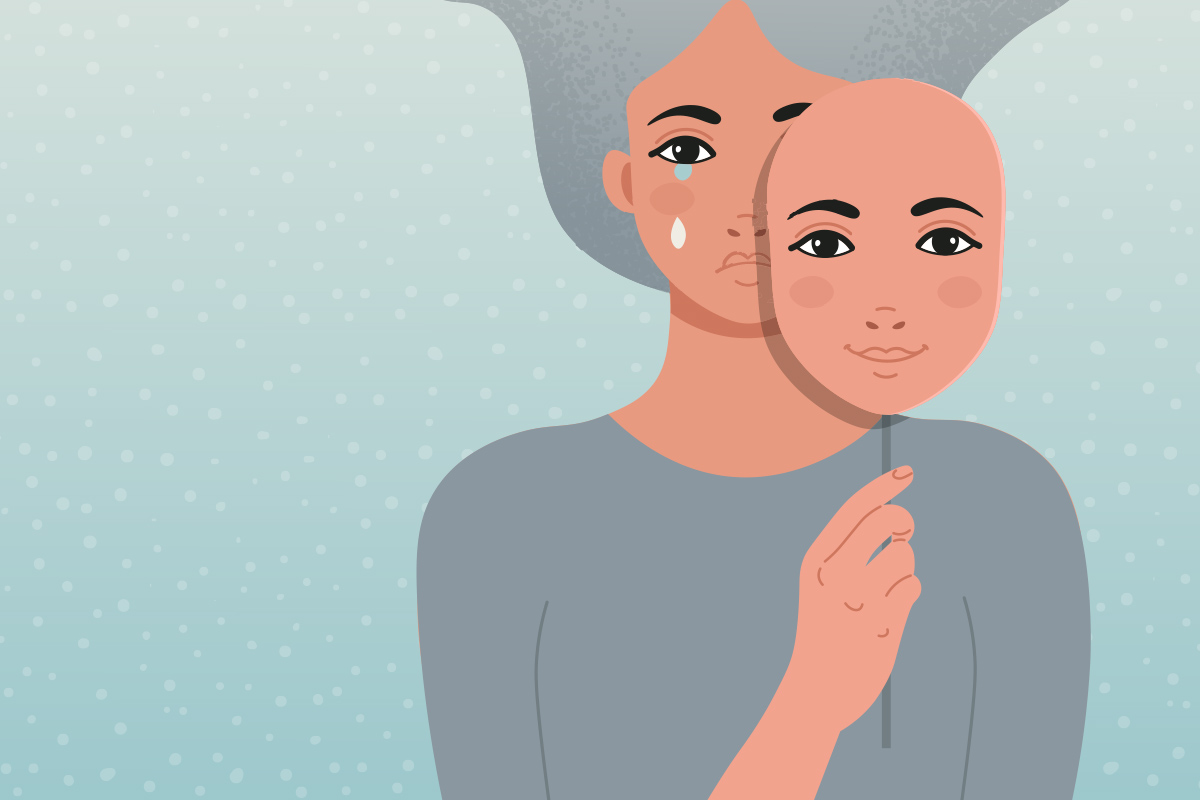For the person experiencing depression, the most difficult part of treatment is recognizing the need for it and seeking help. A good first step is to talk to your doctor. They can help assess your symptoms and point you in the right direction.
If you would like to help someone who is struggling with depression, the best thing you can do is to be present. Show your support by listening and asking how you can help. Sometimes the preferred help is simply that you sit with them for a while. Avoid giving unsolicited advice, minimizing the problem, or trying to “fix” how the person is feeling.
Depression is not to be taken lightly, and the risk of suicide is very real. If you believe your loved one is at risk for suicide, do not leave them alone. In the U.S., call 911 or the National Suicide Hotline at 1 (800) 273 – 8255. The new 3-digit national crisis hotline (988) is not yet active. In Canada, call the Canada Suicide Prevention Service at 1 (833) 456 – 4566. For anywhere else in the world, visit the International Association for Suicide Prevention to find resources and helplines for wherever you are.
For more articles like this one, read our article on the Elimination of Violence Against Women. To stay in-the-know on important health and nutrition topics, subscribe to our newsletter to receive monthly highlights from the Living Healthy Blog!





 Have a nutrition question? Our registered dietitian is ready to help!
Have a nutrition question? Our registered dietitian is ready to help!









